Welcome to the professional spine clinic

Navel or Nabhi is known as the umbilical cord umbilici or umbilicus, naabhi clinically. The skin which surrounds the waist at the level of the umbilicus is supplied by the 10th thoracic spinal nerve. The umbilicus embryologically and physiologically represents the neck of the bottle, which contains the umbilical vessels (which supply blood) and structures related to the digestive and urinary systems.
The Umbilical or navel displacement is a known disorder in folk and ancient medicine of different cultures. The various causes, clinical signs, and symptoms are attributed to this disorder, and different diagnostic and therapeutic methods are mentioned.
fear, lifting heavy objects, sudden load in the movements, any trauma or fall, and slippage of the foot are said to be the causes of the navel displacement. Navel displacement is associated with several symptoms such as diarrhea, constipation, abdominal pain, anorexia, anxiety, and depression. From state to state and country to country Nabhi, navel has been known by different names and treated with many different remedies and techniques.
If we talk about and discuss the anatomical position of the navel so there is no position anatomically. So, the question arises what and where is the Nabhi located?
Nabhi is the state of physical, mental energetic, and spiritual health. In the ancient Indian system of medicine, the navel holds significance as a vital energy point of the body. It is believed to be associated with the Manipura chakra, representing the body’s energy center and digestive fire.
Navel displacement also referred to as the malposition navel (misaligned navel), is a condition where the navel is not in its natural position. Navel displacement, often associated with spiritual or alternative practices, is believed by some to influence energy flow within the body. This concept suggests that the navel, or belly button, serves as a vital energy center in the human body.
Moving the belly button out of its natural position can lead to an uneven distribution of tension within the abdominal muscles. In most cases, it either shifts upwards or downwards; under rare circumstances, it can move sideways explains the study.
The outer layer of the abdomen includes the abdominal skin, muscles, parietal peritoneum, and visceral peritoneum, in that order. Abdominal wall function can be compromised due to different reasons. There is a common, but unknown discomfort of the abdominal wall that is not mentioned in scientific references and it is characterized as being an acquired defect, compared to the other types of abdominal wall defects, it has received little attention.
This ailment is prevalent across numerous countries, notably in the Middle East, and it is commonly recognized by people as a sinking sensation in the stomach or midsection. In many Arab countries, this situation is described as the fall of the navel or Sliding navel), but there is no scientific or medical term to describe it. According to the evidence, children and women are the target population for this condition. The main symptoms of this disease are as follows:
Indigestion or difficulty in digestion, general weakness in the body, waffles in the stomach and abdomen after meals, aching and vague pain in and around the navel area, and dry mouth. The research on patients with this condition shows that there is a common pathological factor in 95% of the cases, including increased intraabdominal pressure in cases of weightlifting, pregnancy, obesity, fear, extreme panic, and excessive physical movements.
Women are more affected than men. As we categorize the gender the study has found that the navel is more affected in children and women.
Navel displacement reflects displacement in the function of the digestive system. If you are wondering how to check navel displacement, then here are some changes in the navel that may help you identify whether you have it or not:
You may also observe the following signs of navel displacement besides the changes in the navel and its surrounding area:
Other than physical symptoms, you might also experience other side effects, like:
Nabhi or Naadi serves as a significant point of reference, widely utilized for its structural importance. The term ‘Nabhi’ originates from the phrase ‘nah bandhe,’ signifying the act of binding or tying towards the central point. The growth and development of the fetus take place utilizing the Garbha Nabhi Nadi, which serves as a Channel for the Rasa (lymphchyle) formed in the mother’s body. This nourishment of the fetus from the mother’s body begins as soon as the fetus becomes endowed with life and continues up to the time when the child ceases to relate to the mother. Nabhi can be considered a conceptual notion.
In Sanskrit, it’s described as the origin and destination of life. Also, from the history of Ramayana Ram killed Ravan with his bow shooting at his navel. There are seven chakras in the body Nabhi is considered one of these chakras named Manipura chakra.
Maintaining a nutritious diet and adopting a healthy lifestyle are essential for addressing navel displacement. A diet rich in nutritious foods and regular exercise can help in managing the condition effectively. Steer clear of alcohol, high-fat foods, and processed junk foods to help keep your metabolism balanced. Also, integrating certain exercises into your daily routine can be advantageous.
In this mini-review of the extract Mysteries of Nabhi displacement was expressed from the viewpoint of different cultures and the study of new cases of navel displacement has been reported in new articles, and the pathology of umbilical displacement has been explained from the perspective of Persian medicine.


Call us at
9870379001